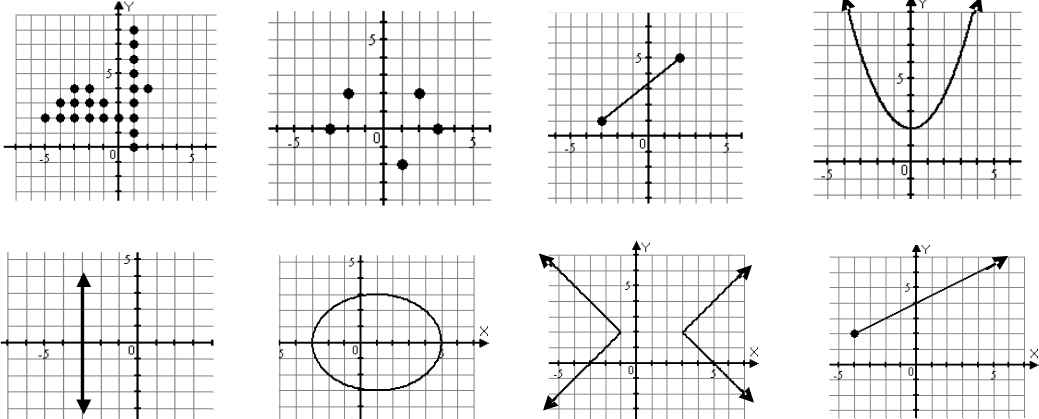Function: For every value of x, there is a value of y. It will need to pass the vertical line test.
One-To-One Function: For every one value of x, there is only one value of y, and vice versa. It will need to pass both vertical and horizontal line test.
Vertical line Test: A vertical line that intersects the graph of the equation only once when moves from across on the x-axis.







